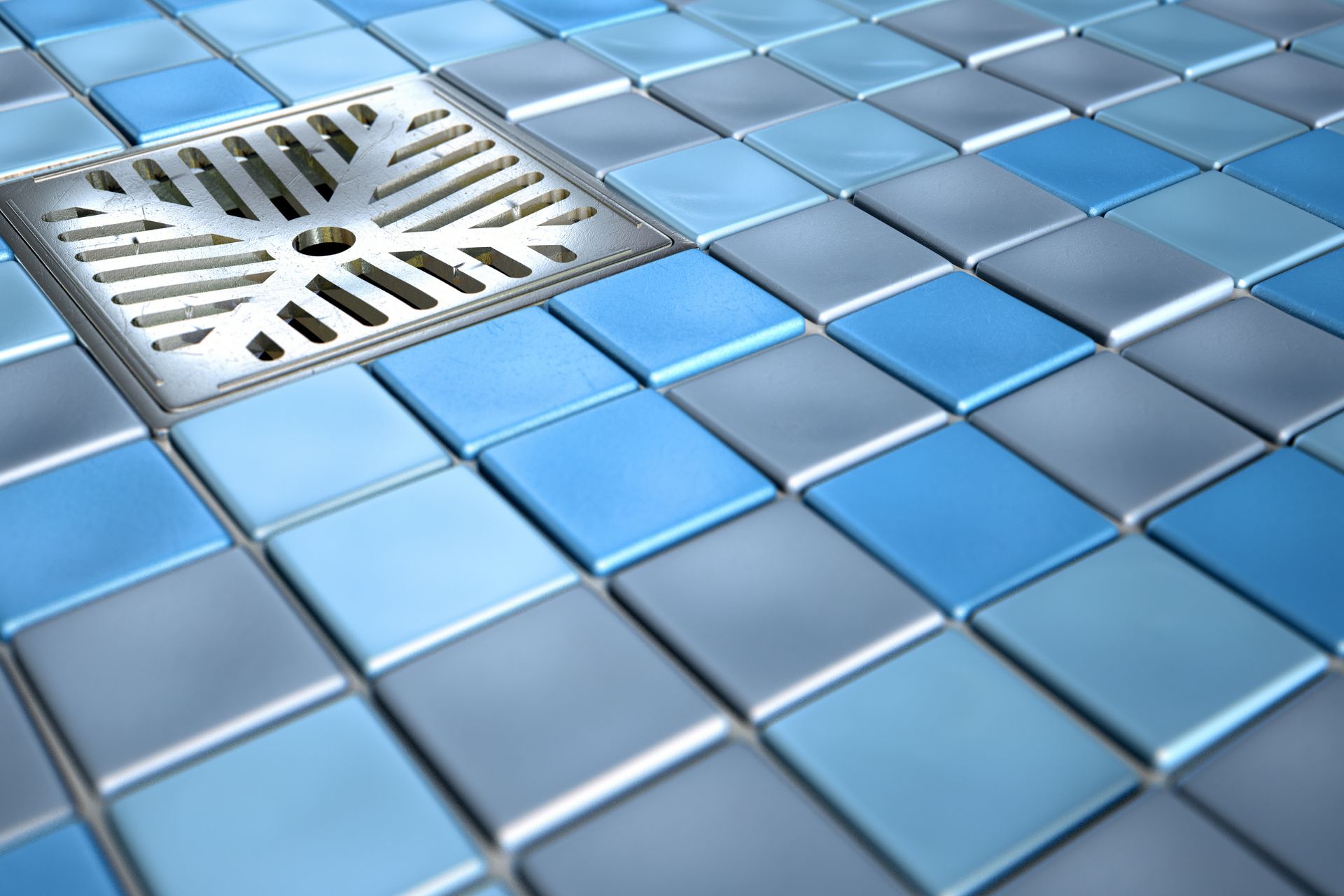
A Simple and Comprehensive Guide To Floor Sink
In both home kitchens and busy commercial areas, floor sink is crucial for cleanliness and effective drainage. This article delves into the world of floor sinks, highlighting their role, how they differ from floor drains, their benefits, and more. Dive in to discover more about floor sinks.
What is a Floor Sink?
A floor sink collects and drains water from the floor. It’s different from regular sinks because it sits inside the floor, making it a neat way to handle water and waste.
Why choose a floor sink?
- It blends into the floor, giving a clean look.
- It has either a grated or solid cover to block debris. This prevents drain clogs.
- Made of strong materials like cast iron or stainless steel, it’s durable.
- They come in many sizes, fitting different needs.
Floor Sink vs. Floor Drain: What’s the Difference?
While floor sinks and floor drains might look alike at a glance, they have distinct differences and applications.
From a design perspective, floor sinks stand out with their recessed style and covers, either grated or solid. In contrast, floor drains are flush with the ground, typically having a simple grate.
Functionally, floor sinks handle indirect waste, like water from dishwashers, while floor drains tackle direct waste, such as runoff from cleaning or rain.
Maintenance-wise, floor sinks shine. Their accessible design and detachable covers make cleaning straightforward. On the other hand, floor drains can be tougher to maintain, often requiring specialized tools due to their less accessible design.
Advantages of a Floor Sink
There are several benefits to installing a floor sink in your home or commercial space:
- Efficient Drainage: Floor sinks are designed to handle large volumes of water, ensuring quick and efficient drainage.
- Sanitation: Since floor sinks are meant for indirect waste, they help prevent the contamination of potable water sources, protecting your water supply from potential backflow.
- Low Maintenance: With removable covers and easy access, floor sinks are simple to clean and maintain.
- Aesthetic Appeal: Recessed designs and various cover options allow floor sinks to blend seamlessly into your space, providing an unobtrusive and attractive solution for water management.
- Versatility: Floor sinks are available in a range of sizes and materials, making them suitable for various applications in both residential and commercial settings.
Best Areas to Install a Floor Sink
As you consider installing a floor sink, keep in mind the following areas where their utility can be maximized:
- Commercial Kitchens: Floor sinks are invaluable in commercial kitchens for handling wastewater from equipment such as dishwashers or steam kettles, promoting a hygienic and efficient work setting.
- Laundry Rooms: Placing a floor sink near your washing machine aids in managing surplus water, safeguarding against water damage, and maintaining a tidy and secure space.
- Garages and Workshops: Employ floor sinks to collect and drain substances like water, oil, or other fluids, ensuring a neat and well-organized garage or workshop.
- Greenhouses or Indoor Gardening Areas: For gardening enthusiasts, a floor sink can effectively manage excess water from irrigation systems or plant overflow, providing a clean and nurturing environment for your plants to thrive.
- Restaurants and Bars: Installing floor sinks in these venues helps manage wastewater from beverage dispensers, ice machines, and other equipment, fostering a sanitary and efficient atmosphere for both employees and customers.
Conclusion
Floor sinks efficiently manage water and waste at home. If you’re looking to control water waste, understand the difference between a floor sink and a floor drain. This helps you choose the right one for your needs. Also, the right location boosts a floor sink’s functionality.
Planning a kitchen remodel or upgrading a venue? Consider adding a floor sink to your design. They’re easy to maintain, look good, and drain well. This makes them a smart choice for any space.